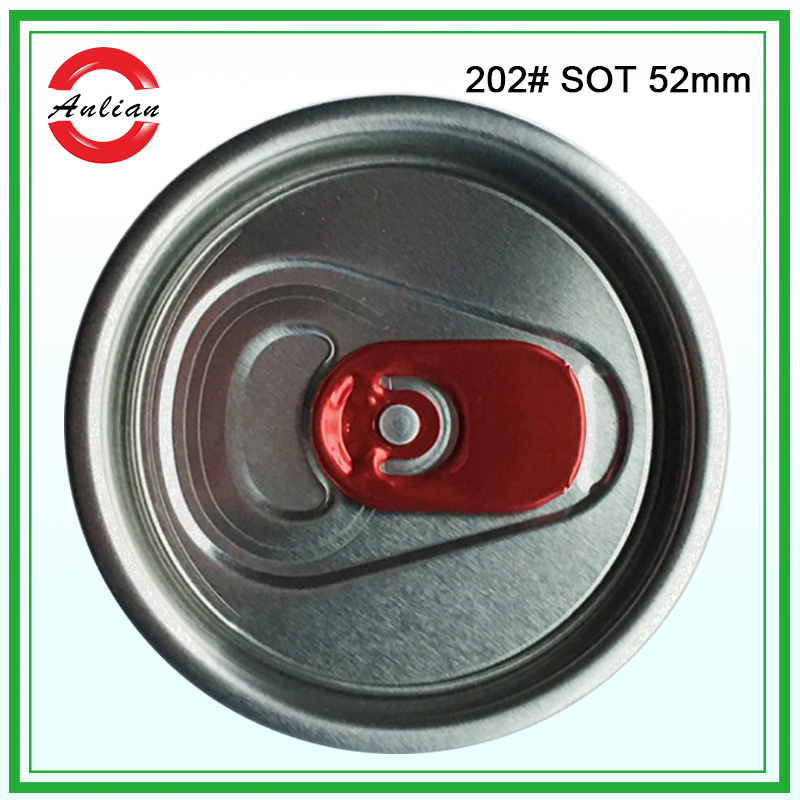The global beverage easy open end supply chain is undergoing profound changes due to shifting international trade policies, volatile raw material prices, and escalating environmental regulations. As a critical component in beverage packaging, the dynamics of this industry are closely tied to sectors ranging from food and beverage to metal processing and international trade.
**1. Tariff Policies Intensify Supply Chain Pressures**
Starting April 10, 2025, China will impose a 34% tariff on U.S.-exported aluminum, a key material for can ends. With the U.S. being a major global aluminum supplier, this move could significantly raise production costs for Chinese manufacturers. Meanwhile, the EU’s planned retaliatory tariffs on $225 billion worth of U.S. goods, effective April 13, may target aluminum products, further destabilizing global supply chains. Many manufacturers are pivoting to domestic or Southeast Asian suppliers to mitigate risks.
**2. Sustainability and Tech Innovation Drive Industry Evolution**
UN Secretary-General António Guterres emphasized in his 2025 report that addressing climate crises requires accelerating clean energy transitions and ethical tech adoption. This pressure is pushing the industry toward greener solutions. European firms have developed ultra-thin aluminum ends, reducing material use by 15% while achieving 95% recyclability. Chinese producers, meanwhile, are adopting AI-powered quality control systems, boosting production yields from 92% to 98% and minimizing waste.
**3. Geopolitics and Energy Security Reshape Production**
The ongoing Russia-Ukraine conflict has driven up European energy costs, with Germany’s electricity prices even dipping into negative territory, exposing vulnerabilities in energy-intensive industries. To adapt, multinational corporations are relocating can end production to regions like South America and Africa with abundant renewable energy. The April 24 London Energy Security Summit will address low-carbon aluminum production and resilient supply chains.
**4. Market Diversification and Strategic Shifts**
Emerging markets, particularly Southeast Asia, are seeing surging demand for canned beverages, with can end sales projected to grow 12% in 2025. Conversely, inflation-hit Western consumers are prioritizing budget-friendly local brands, prompting manufacturers to adopt lightweight designs. Innovations like a patented "easy-pull" lid, reducing opening force by 30%, exemplify efforts to enhance user experience while cutting costs.
**Outlook**
The future of the easy open end industry hinges on balancing policy coordination, technological breakthroughs, and sustainable practices. Companies must navigate globalization and localization strategies while leveraging digital tools to optimize production. As the UN advocates for a "just transition," this traditional sector stands at a crossroads of reinvention—where adaptation could redefine its role in a rapidly changing world.
Dongguan Anlian Packing Products Co., Ltd, meets the national food grade security and produces all kinds of easy open end, tinplate easy open end, aluminum easy open lid, tin lid, aluminum foil peel off end, drink easy open end and so on.



